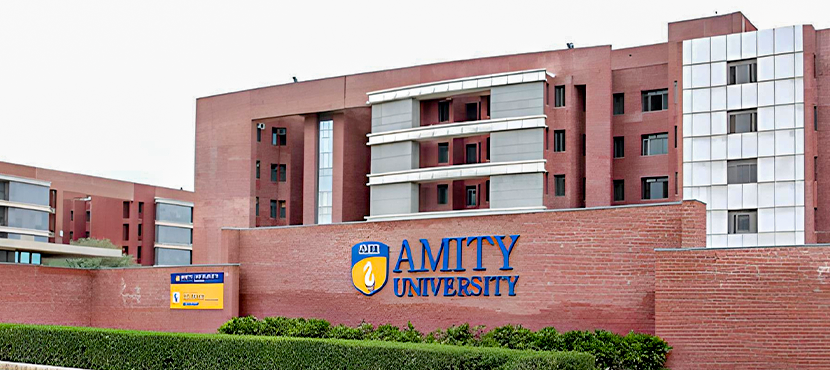
Introduction
In the ever-evolving world of technology, software development remains at the forefront, driving innovation across industries. At the core of this dynamic process lies the Software Release Life Cycle (SRLC) – a crucial framework that determines how software is conceptualized, developed, tested, and eventually released to end-users. As a curious journalist, I take you on a deep dive into the six main stages that constitute this intricate journey, shedding light on the significance and challenges that developers face.

Requirements Gathering and Analysis
The SRLC commences with the crucial stage of requirements gathering and analysis. Here, developers work closely with stakeholders to define and comprehend the software’s objectives, functionalities, and intended users. Clear communication and documentation are vital to ensure that all parties involved share a common understanding. This phase sets the foundation for the entire development process and shapes the software’s ultimate success.
Design and Planning
Once the requirements are established, the design and planning stage take center stage. Architects and developers collaborate to create a blueprint for the software solution, encompassing the system architecture, database design, and user interface. Careful consideration is given to factors like scalability, security, and usability. Thorough planning at this stage is pivotal to prevent costly rework in subsequent phases.
Implementation and Coding
With the blueprint in hand, developers roll up their sleeves and embark on the coding phase. Writing code is where the software takes shape, and developers diligently translate the design into a functional product. This phase involves adhering to coding standards, version control, and continuous integration to maintain code integrity and facilitate collaboration among team members.
Testing and Quality Assurance
As the saying goes, “To err is human,” but in the realm of software development, the margin for error is slim. In the testing and quality assurance stage, dedicated testers put the software through rigorous tests to identify bugs, defects, and potential issues. Automated and manual testing methodologies are employed to ensure that the software meets the defined requirements and functions as intended.
Deployment and Release
The moment of truth arrives in the deployment and release stage. After successful testing and quality assurance, the software is ready to see the light of day. Depending on the scale and complexity of the project, deployment can be done in stages or through a full-fledged release. Thorough planning and execution are essential to ensure a smooth transition from development to production environments.
Maintenance and Updates
Software development doesn’t end with its release; it’s an ongoing journey. The maintenance and updates stage is a continuous process to address bugs, introduce new features, and improve overall performance based on user feedback and changing requirements. The software must adapt to the evolving needs of its users and the technological landscape.
Conclusion
The Software Release Life Cycle is akin to a symphony, orchestrated by talented developers, designers, testers, and project managers. Each stage plays a vital role in shaping the final product and ensuring it meets user expectations and business objectives. As the world becomes increasingly reliant on technology, understanding the SRLC helps us appreciate the dedication and complexity that goes into every piece of software that powers our lives. As a journalist, I stand committed to delivering accurate insights into the tech world, empowering readers to stay informed and navigate the digital age with confidence.










